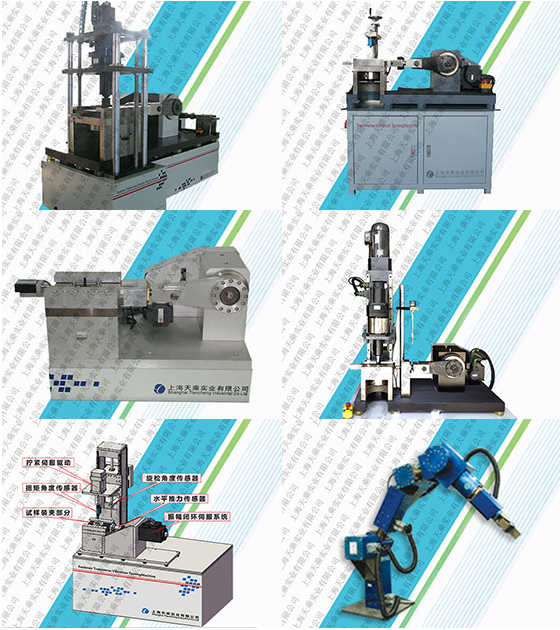The fastener lateral vibration testing machine is used to detect the self-locking performance ( anti-loose performance ) of the fastener under the transverse dynamic load of a certain frequency and amplitude . It is widely used in automotive fasteners, aviation fasteners, wind power. Anti-loose quantitative detection of fasteners, railway fasteners and other fasteners. Nowadays, many users often have doubts about the " lateral vibration " of the testing machine . They believe that the vertical lateral vibration is not in conformity with the standard. Only horizontal horizontal vibration is in line with the standard. Is this correct ? Test principle of fastener lateral vibration testing machine: The test was carried out on a fastener lateral vibration tester . The fastener to be tested is tightened on the test device to produce a certain clamping force. By means of the tester, the alternating lateral displacement generated between the two metal plates is tightened, causing the connection to loosen, resulting in a reduction or even complete loss of clamping force. The instantaneous value of the clamping force is continuously recorded, and the anti-loosening performance of the fastener can be determined based on the analysis and comparison of the recorded data. During the test, the slower the clamping force is reduced, the better the anti-loose performance ; conversely, the faster the clamping force is reduced, the worse the anti-loose performance. As can be seen from the national standard GB / T10431-2008 fastener lateral vibration testing method, "generates an alternating transverse displacement between the two metal plates clamped" in standard DIN65151, is clearly "Transverse viberation", (lateral Vibration ) . Therefore, it can be seen that both the Chinese national standard and the Din standard emphasize " lateral vibration " . In the standard, we can see that the fastener generates axial force and produces an alternating lateral displacement between the two metal plates being clamped by means of the testing machine, causing the connection to loosen, resulting in a reduction or even complete loss of clamping force. . It can be seen that the clamping force is generated in the axial direction of the fastener, and then the anti-loose test can be performed as long as the vibration test is generated in the lateral direction. It is not that the test that only produces lateral vibration in the horizontal direction is lateral vibration. For example, when the fastener is installed horizontally, the direction of lateral vibration can only be lateral vibration in the vertical direction. Therefore, the correct point of view should be: as long as it is lateral vibration, both horizontal and vertical are correct. The so-called " horizontal horizontal vibration is the true lateral vibration of the fastener " is actually unfounded and cannot be established at all. It is also a misleading to the user. Bluetooth Speaker,Portable Bluetooth Speaker,Mini Bluetooth Speaker,bluetooth Wireless Speaker,portable wireless speaker Shenzhen Lanejoy Technology Co.,LTD , https://www.grill-grid.com
